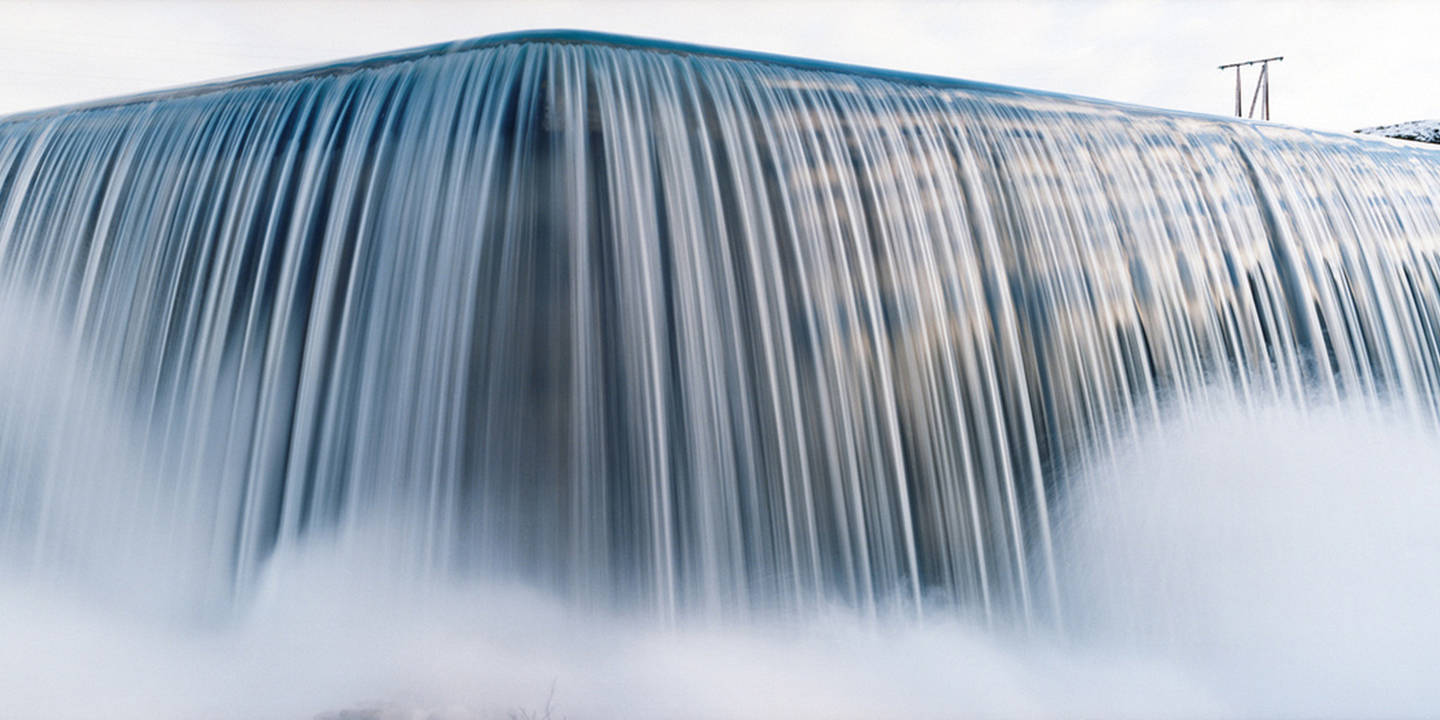Norwegian municipalities and counties have large investments in the power sector. Together with central authorities, they own about 80% of Norway’s electricity production capacity. About 35% of the production capacity is owned by the state through Statkraft SF, which answers to the Ministry of Trade, Industry and Fisheries. Statkraft is organised as a state-owned enterprise, and the Norwegian state must therefore be the sole owner. Many other companies have several owners, and there is a significant level of cross-ownership in the electricity sector.
The state owns the transmission grid. State ownership of the grid is managed through Statnett SF.
About 85 companies carry out grid activities at one or more levels, but not all of them are connected to customers. Most grid companies are wholly or partly owned by one or more municipalities.
In all, there are 420 electricity production companies in Norway, and 305 of them are solely producers. The ten largest companies account for about 75% of total production capacity in the Norwegian hydropower system.
One characteristic of the Norwegian hydropower sector has been the right of reversion to the state for licences granted to private companies after 1917. The right of reversion means that the state assumes ownership of waterfalls and any hydropower installations free of charge when a licence expires. As the date of reversion stated in the licences approaches, private power plants will either be sold to publicly-owned companies or ownership will revert to the state on the specified date. This system has resulted in gradual restructuring of the ownership of Norwegian power production and is continuing to do so.
In 2008, the water resources legislation was amended to strengthen public ownership of Norway’s hydropower resources. New licences for the ownership of waterfalls and licences to transfer already licensed waterfalls may now only be granted to public developers such as state-owned enterprises, municipalities and county authorities. Licences may also be awarded to companies that are partly owned by state-owned enterprises or one or more municipalities or county authorities, provided that the public sector holds at least two-thirds of the capital and the votes in the company, and the organisation clearly indicates genuine public ownership. In other words, private actors may own up to one-third of a company. Private actors may also own power production facilities that do not require a licence under the Industrial Licensing Act, such as wind and solar power installations and some small-scale hydropower installations.
There are private ownership interests in all parts of the power sector: production, grid operations and trading. Foreign ownership interests are relatively limited, but increasing. Some foreign companies have been granted trading licences in Norway and there is a growing number of foreign stakeholders that have invested in Norwegian wind and small-scale power production.

